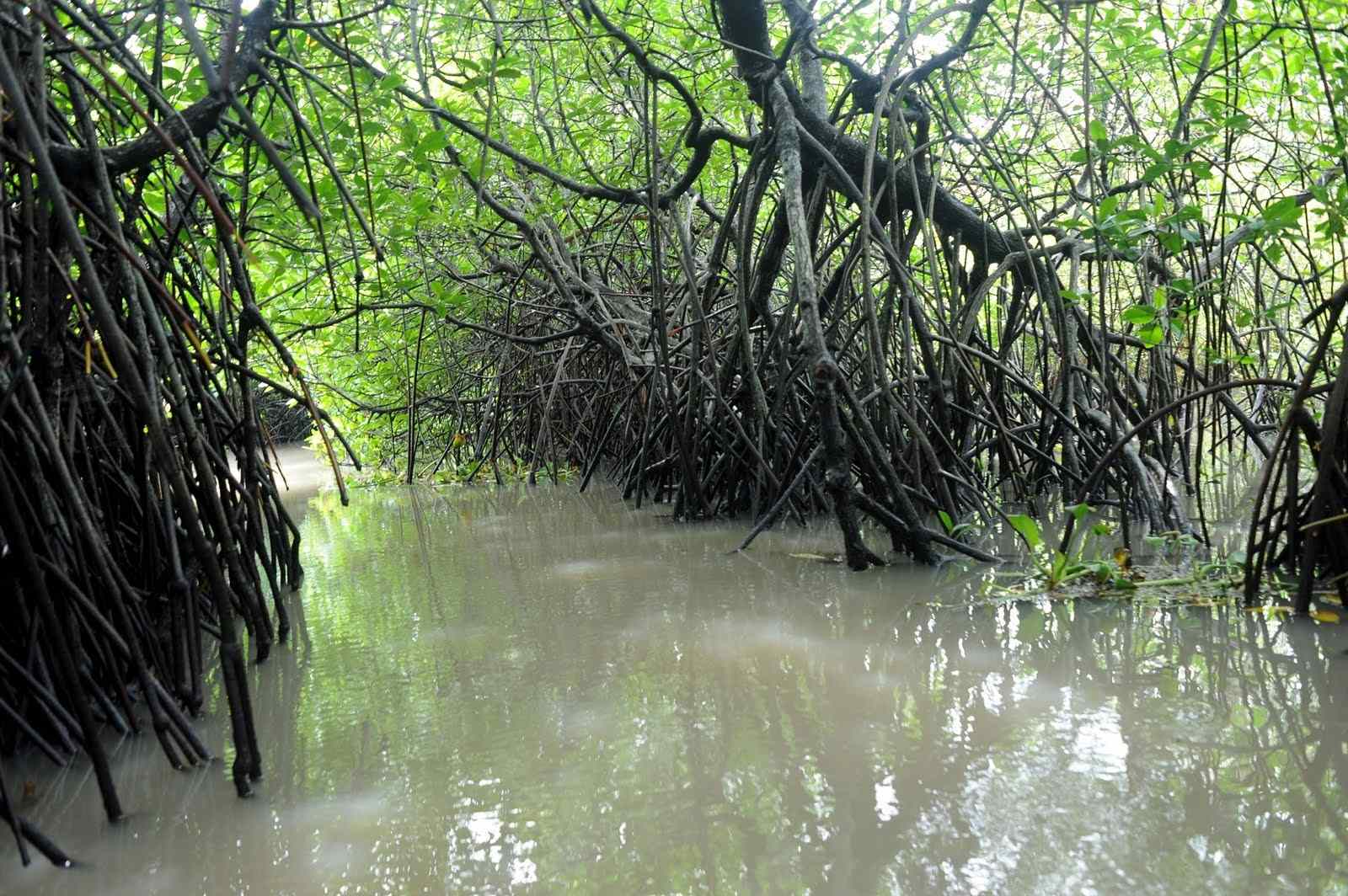Tamil Nadu’s Outstanding Achievement
Tamil Nadu’s mangrove forest cover has witnessed an extraordinary expansion, doubling from 4,500 hectares in 2021 to 9,039 hectares in 2024, according to the "Blue Carbon Monitoring for Mangroves of Tamil Nadu" report by Anna University’s Centre for Climate Change and Disaster Management. This increase is attributed to both afforestation efforts and conservation of existing mangroves across various districts.
The report highlights that Tiruvarur (2,142 ha) and Thanjavur (2,063 ha) hold the largest mangrove areas, together accounting for nearly half of Tamil Nadu’s total mangrove forest. Other major contributors include Cuddalore (1,117 ha) and Nagapattinam (1,021 ha).
Beyond their ecological benefits, Tamil Nadu’s mangroves also serve as carbon sinks, with Cuddalore storing 249 tonnes of carbon per hectare, Tiruvarur 145 tonnes/ha, and Thanjavur 77.5 tonnes/ha. The state’s success in mangrove conservation marks a significant step towards climate resilience and biodiversity protection.
How Did Tamil Nadu Achieve This?
Tamil Nadu’s success in doubling its mangrove cover can be attributed to several key conservation efforts:
1. Government-Led Initiatives
- Afforestation Projects: Large-scale mangrove afforestation programs were launched, particularly in coastal areas prone to erosion and rising sea levels.
- Forest Department and Local Partnerships: The Tamil Nadu Forest Department collaborated with research institutions, NGOs, and local communities to restore degraded mangrove forests.
- Policy Interventions: The state government prioritized mangrove conservation as part of its broader climate action and disaster resilience strategy.
2. Community Participation and Sustainable Livelihoods
- Local community involvement was crucial in ensuring long-term protection and sustainability of newly planted mangroves.
- The government is promoting eco-tourism and carbon credit programs, providing financial incentives for locals to protect mangroves instead of cutting them for firewood or other uses.
3. Scientific Monitoring and Carbon Sequestration Studies
- Anna University’s research focused on monitoring blue carbon stocks, reinforcing the role of mangroves in climate change mitigation.
- Studies helped map out areas most vulnerable to degradation and in need of immediate conservation efforts.
Why Are Mangroves Important?
Mangroves are one of the most vital ecosystems for coastal protection, biodiversity conservation, and climate change mitigation. Their benefits include:
1. Coastal Protection from Disasters
- Mangroves act as natural barriers against cyclones, storm surges, and coastal erosion.
- They help stabilize coastlines and prevent saltwater intrusion, protecting agricultural lands and freshwater sources.
2. Biodiversity Hotspots
- Mangroves serve as breeding and nursery grounds for marine life, supporting fisheries and livelihoods.
- They provide habitat for endangered species, including several species of crabs, fish, and migratory birds.
3. Climate Change Mitigation (Blue Carbon)
- Mangroves store more carbon per hectare than terrestrial forests, making them crucial in reducing atmospheric CO₂ levels.
- They trap carbon in their roots, soils, and biomass, playing a vital role in global climate mitigation strategies.
Which State Has the Largest Mangrove Cover in India?
According to the Forest Survey of India (FSI) 2021 report, the states with the highest mangrove cover are:
- West Bengal – 2,114 sq km (Largest mangrove cover, home to the Sundarbans, a UNESCO World Heritage Site)
- Gujarat – 1,177 sq km
- Andaman & Nicobar Islands – 1,073 sq km
- Andhra Pradesh – 496 sq km
- Maharashtra – 320 sq km
- Tamil Nadu – 90 sq km (and growing rapidly)
While Tamil Nadu's absolute mangrove cover remains lower than West Bengal or Gujarat, its rate of expansion is one of the fastest in India, showcasing effective conservation practices.
Challenges and the Road Ahead
1. Threat from Invasive Species
- The report highlights the presence of Prosopis juliflora, an invasive plant species spreading across mangrove forests in Thoothukudi, Ramanathapuram, Thanjavur, and Tiruvarur.
- This species disrupts native mangrove ecosystems, reducing biodiversity and affecting carbon sequestration.
2. Long-Term Sustainability and Funding
- The expansion of mangroves must be maintained through continued funding and scientific interventions.
- More emphasis is needed on mangrove restoration, community education, and enforcement of conservation laws.
3. Climate Change Impact
- Rising sea levels, increased salinity, and unpredictable monsoons pose long-term threats to mangroves.
- Climate-resilient mangrove plantation strategies must be implemented to ensure their survival amid changing environmental conditions.






